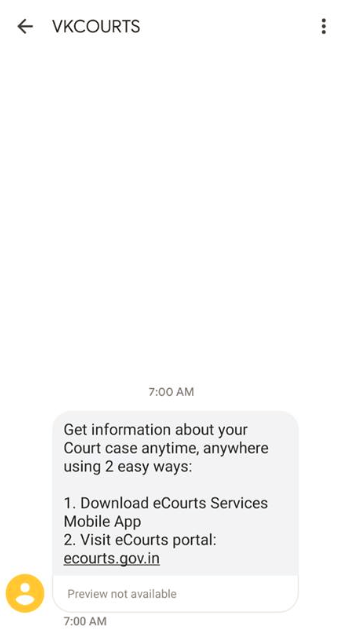
Recently many of you are getting messages from “VK-Courts” about a new app to provide you information about your court cases. This app called ‘e-courts’ is the new ray of hope to India’s age-old and rotten court system.
In mid-2017, the Narendra Modi led NDA government’s Law Ministry has published a notification inviting suggestions from the general public to modify the legal system. A high powered joint Parliamentary Committee (JPC) wanted to look into all the suggestions made and take effective measures to implement selected suggestions for the betterment of Indian legal system. The notification also suggested that some of the people making recommendations may be called before the JPC to present their ideas if needed and the entire process needed to be kept confidential by the individuals.
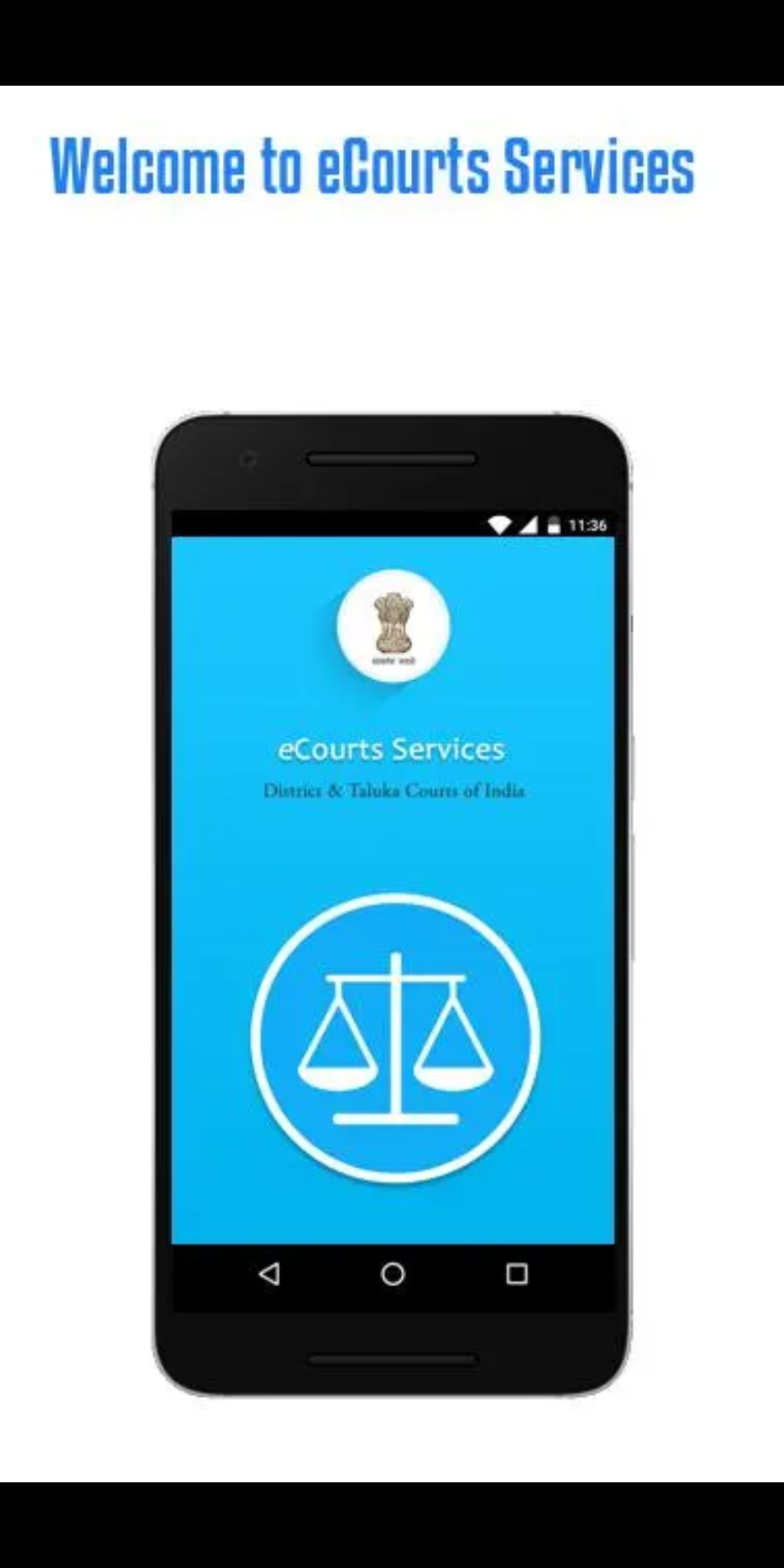
While feminist groups made suggestions of why the laws needed to favour women and how our courts could be more women-friendly, MRA groups gave suggestions on why India needed gender-neutral laws. I found it worthwhile to make suggestions related to expediting the legal process rather than changing the laws. That was because an efficient legal process can only ensure justice for all.
I have made several suggestions to the JPC to make Indian court system most modern, efficient and above all – a paperless organization. Anyone who has ever visited a court or is familiar with the courts might have realized the problems of courts dealing with so many paper documents. Having worked in the IT industry for the last fourteen years I have seen the importance of going paperless and bringing in process innovations to create efficient processes. I felt that only IT-based innovations could give us the efficiency required. My suggestions were well received as that was the time when the Indian government was also on a digitization drive (remember digital India initiative).
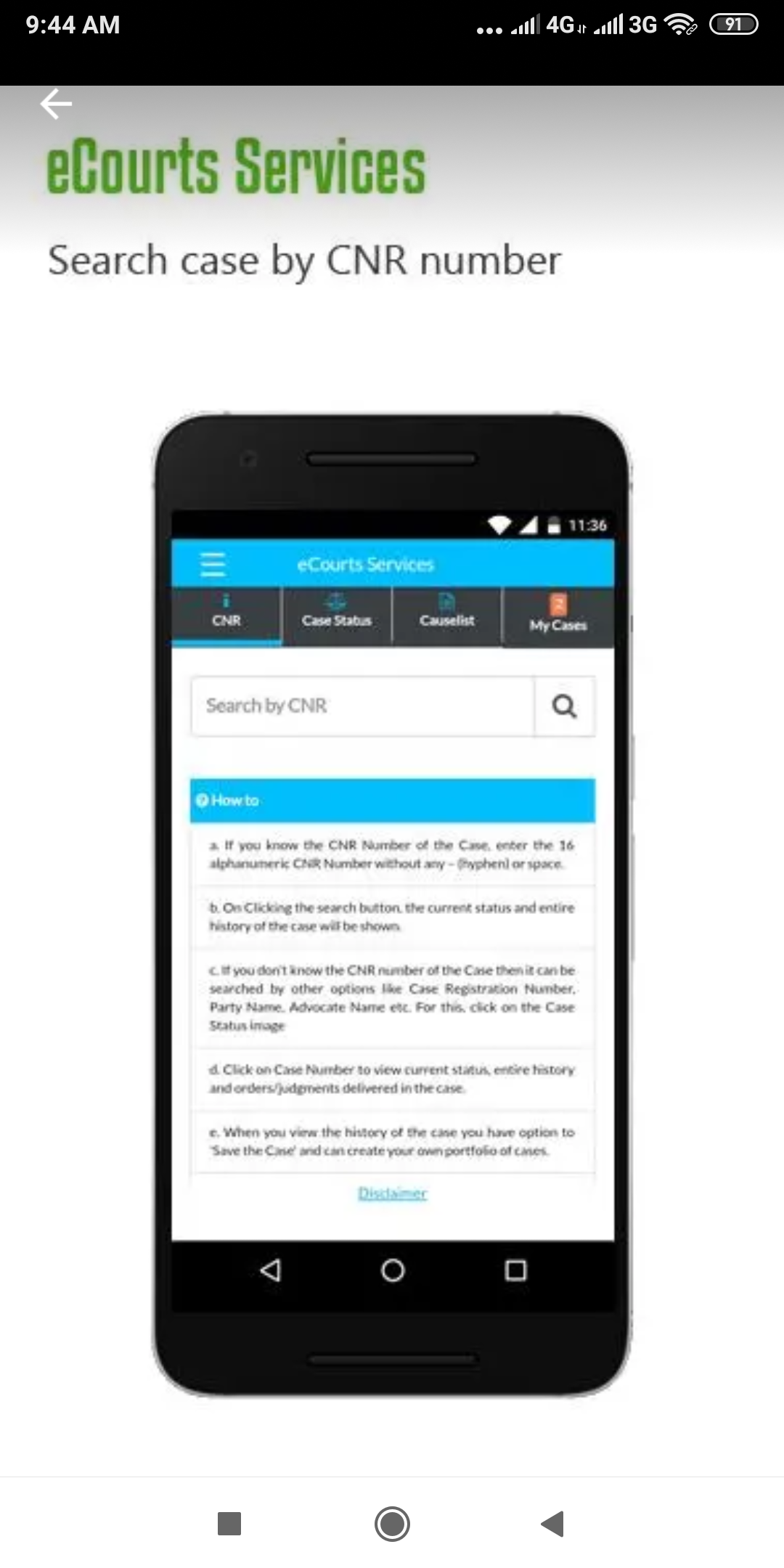
So, when the government notification came out, I felt encouraged to present my suggestions “once again” to the JPC. Earlier in 2013, when I was still fighting my matrimonial cases in Kolkata, I have discussed these suggestions with my lawyers and some of the prominent bar council members. I requested them to get me in touch with the law ministry so that I could present my recommendations. Accordingly, in 2013 I have sent a mail to the then Law Minister under UPA regime. However, that went unnoticed and I was dejected.
The 2017 notification has encouraged me to make those suggestions and some other improved suggestions based on the latest technology that I have worked with. So, all my suggestions were based on IT and process innovations. I have used Lean Six-Sigma Methodology and most modern and proven technology to bring in a revolution in different government sectors. I have never understood why India being a technology superpower was failing in all these areas.
If you remember from your experience, a mobile app in 2017 was no big deal. Almost every service around us already had mobile apps implemented at that time so why not the court system? So, I was happy when I first saw the app coming in July 2017 but was disappointed with the overwhelming glitches there.
Even though initially I thought I will not publish my recommendations to the government for the general public, in August 2017 I published the same on my blog –
Read – The Future of Indian Judicial System is Here
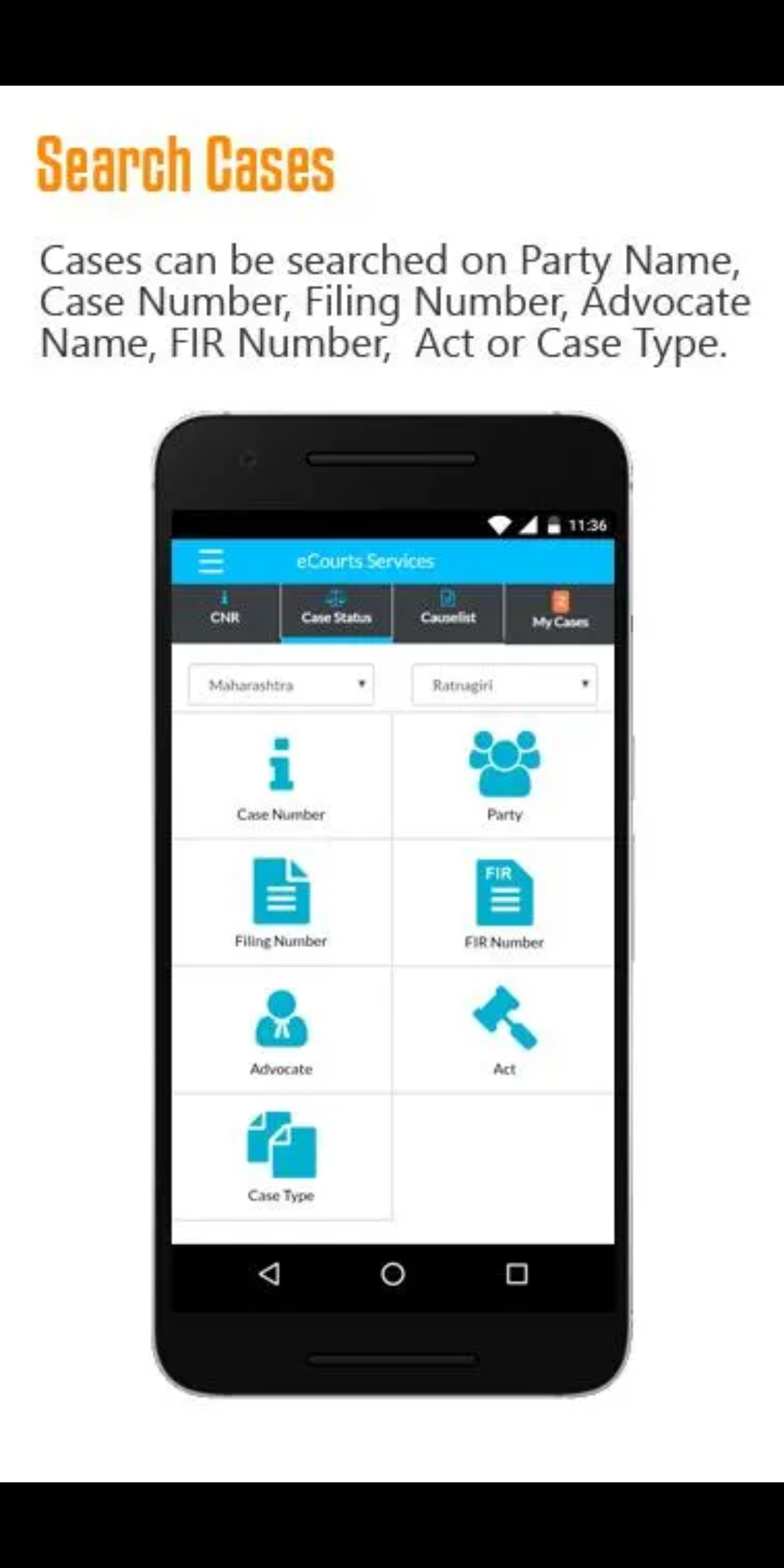
If you are from IT field and if you see my recommendations (made easier for the general public) in the above article, you will understand that none of these were any futuristic scientific discovery that I have spoken about. These innovations were already existing. Our technology leaders were already using these IT and process innovations but our government was far from implementing those. In 2017, for the first time, I have seen some government interest in implementing these ‘already existing’ innovations.
My idea behind proposing modernization for the legal system was to ward-off the hardships faced by litigants like us – the common Indian men, and also to alleviate the hardships of other stakeholders like lawyers, judges and above all the ministry. The main motivator behind this was, however, the Dhananjay Chatterjee case (of infamous Hetal Parekh Rape and Murder in the ‘90s). My study showed that poor men in India were denied justice and those like us somehow could manage to ‘Buy Justice’. The corruption and immoral practices in the judiciary have led to terrorism in the name of delivering justice. When the judiciary was corrupt and slow many did not hope to get justice, they just wanted to come out of the legal mess.
Why ‘e-Court App’ was proposed
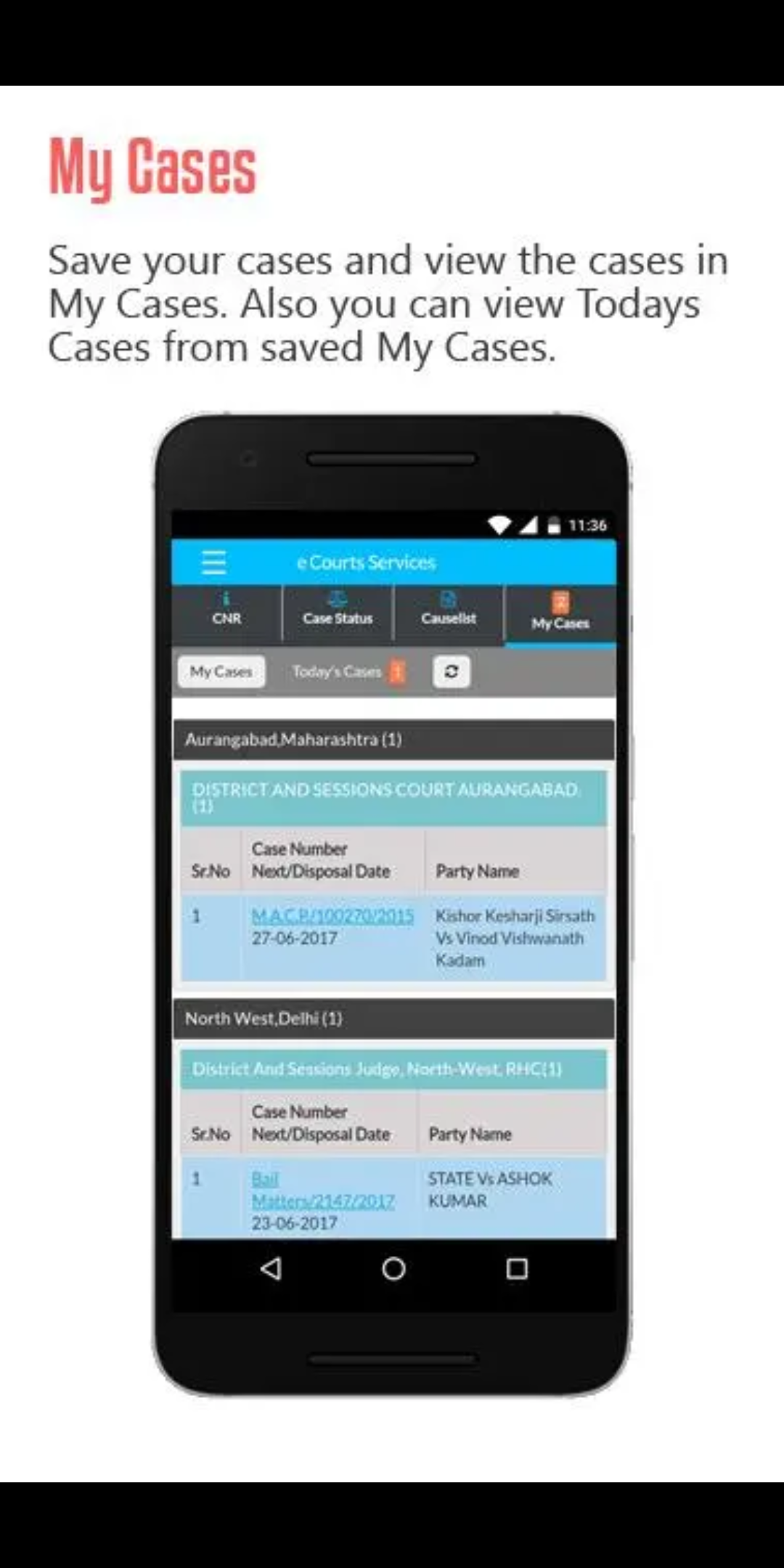
I felt that the implementation of most modern technology and processes was the only solution to the problem. The first basic thing that came to my mind was to have an app for all court-related systems. In my 2017 proposal, I have named it as “e-court app”. The Indian government has selected the name, but I wanted a better name myself. The basic idea behind this app was to get updates about your cases from your home. I lived in Bangalore and my cases were running in Kolkata. I had to run to Kolkata every time to understand the case history or to find the next dates. My father was not very effective in that matter. Lawyers most often didn’t give me information on time. I tried to break the litigants’ dependence on lawyers by proposing this app.
While discussing the future of the Indian legal system with my Kolkata lawyers, I promised them a better working environment. My promise was to get rid of all the heavy books/files they carried to the courts and also to give them a reprieve from wearing those heavy coats or gowns during summers. I promised them to make all Indian courtrooms air-conditioned through my innovations and all court building to look like 5-star facilities.
This e-court app allows litigants and advocates to consolidate case papers of the cases of their interest. This way, they can simply carry their smartphone or a tab to the court and present their arguments all from their smart devices without referring to any paper document. I proposed that judges and lawyers only carried their laptop and smart devices in courts and that the paper is banned inside the courtrooms.
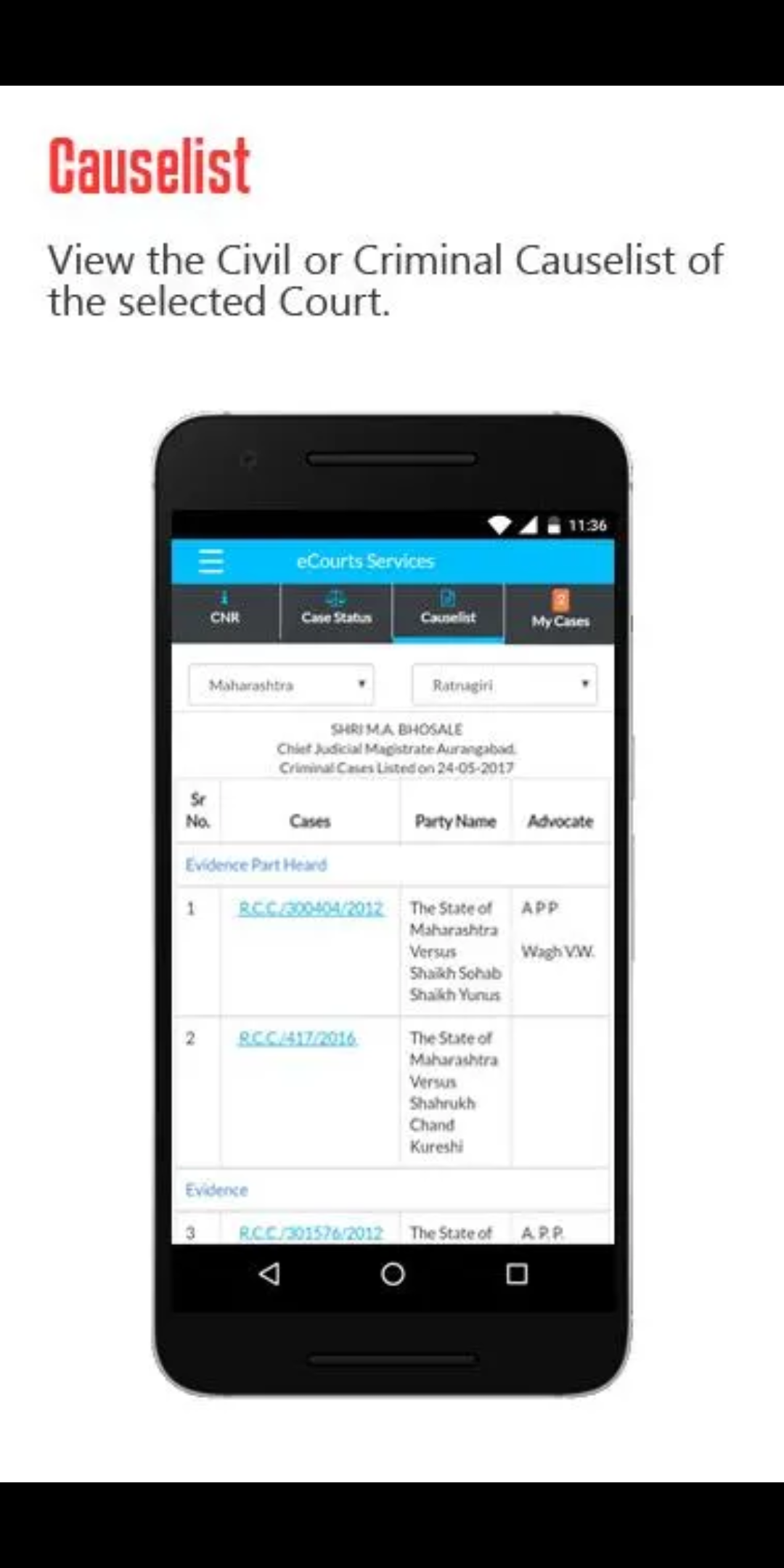
Initially, it seemed like an alien concept to most of the people attached to the court system. The senior advocates who have worked and lived through a paper-based advocate life felt it was impossible to achieve. Many raised the concern of security and maintainability. However, I have shown them the process of securing authentic documents in the most authentic manner. Once I suggested methods of verifying the correct documents (say certificates, government papers, agreements, contracts, etc.) they were somewhat convinced. However, since many of them didn’t work in a paperless organization, they still had reservations. I won their hearts by proposing ultra- modern courtrooms like 5-star facilities and all air-conditioned premises.
To popularize the paperless theory, I have created slogans like – “Give me paper, I will give you justice” (Netaji), “Styagrah – Boycott Paper” (Gandhiji) or “Bringing Paper is a crime here, download e-court app today”. All these slogans and the proposed new court process can be seen in the article below –
The Future of Judicial System is Here
Some of these slogans may seem to be exaggerated but without these, it was difficult to create awareness among people who didn’t work in a paperless environment.
e-Courts – a Tiny step of a Giant Leap
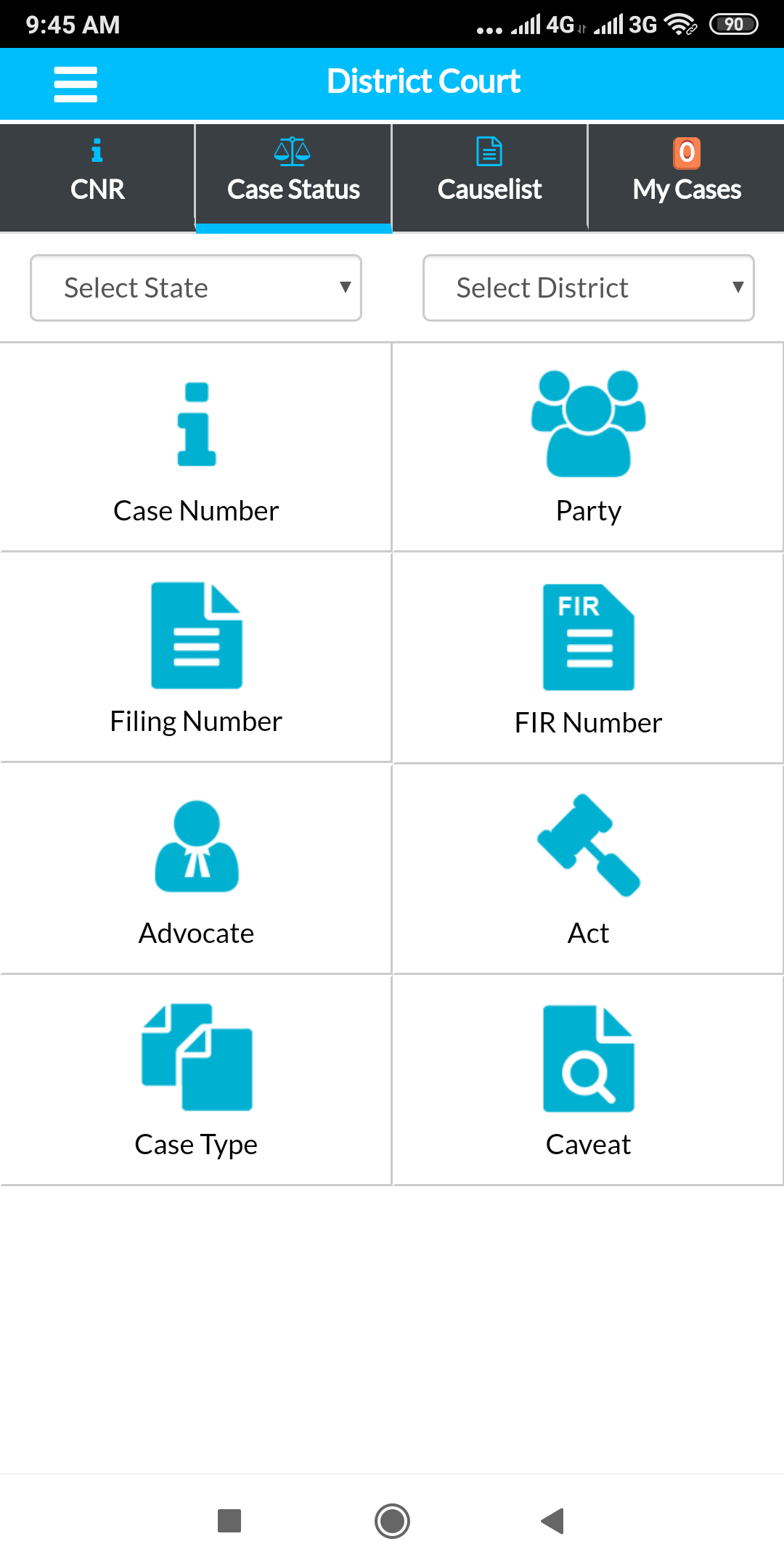
The ‘e-court mobile app’ could be the first step towards making the court system efficient and paperless. However, this was not all that I recommended.
The main proposal was to remove the requirements of all paper documents. In my proposal, I have categorically explained how that was possible. My idea was to implement a private cloud-based architecture and with centralized infrastructure. I have proposed AI based innovations that could aid lawyers and judges to perform their case-related research efficiently. But before AI and Bigdata could work, it was important to create the basic infrastructure, starting from a paperless court system.
An organization like Indian courts, that is full of paperwork at every stage first needed to start working on computers and start entering data online. That was possible only when courts started doing everything on computers. An app like the ‘e-court app’ that provides case details, cause lists, etc. can’t work effectively if these are not added online and if that online database is not shared with this app.
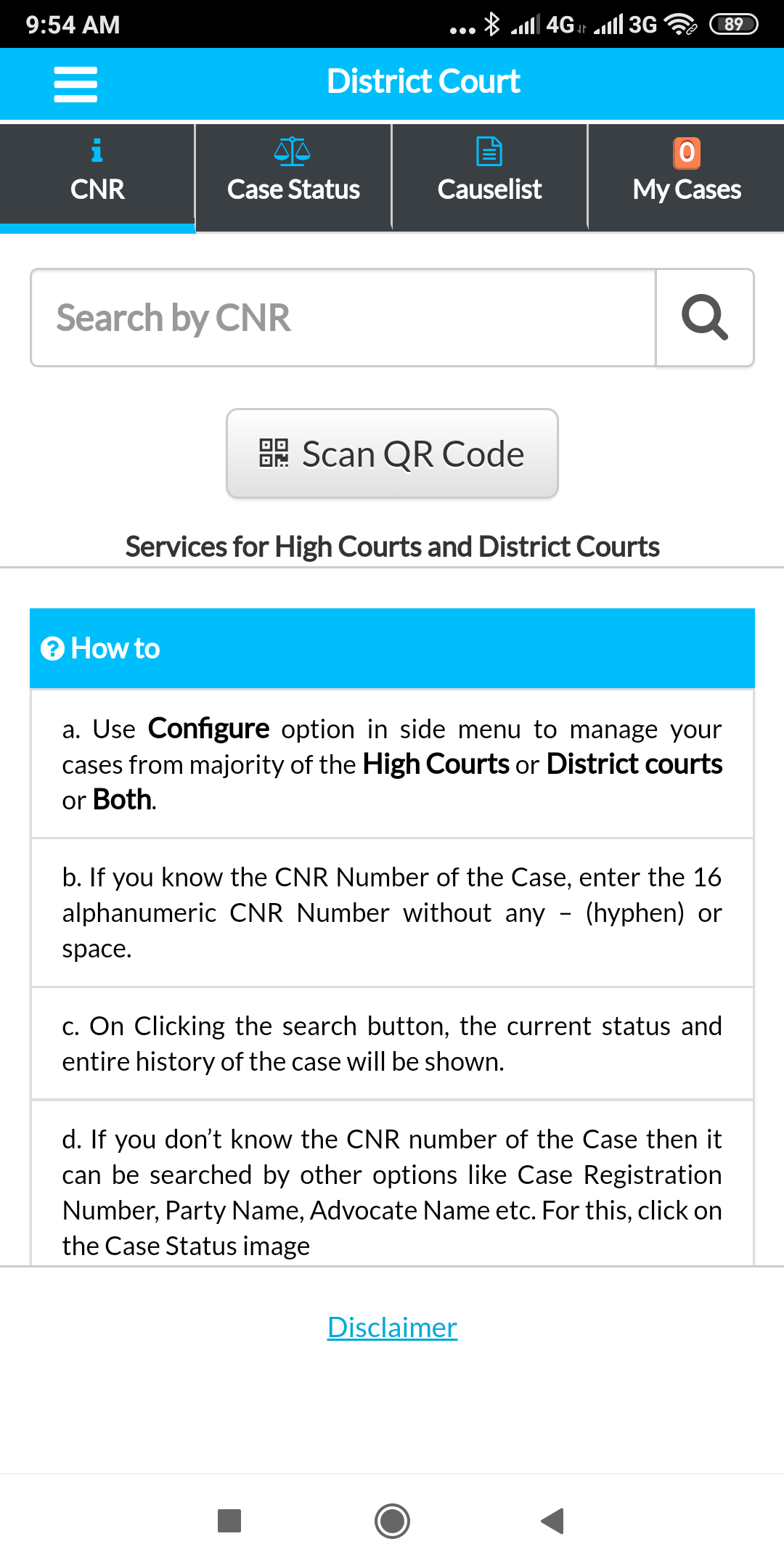
However, fulfilling that dream for all Indian courts is still a distant dream. Even in 2019 when I am writing this article, many courts are still not using computer-based systems. Many courts like Delhi and Mumbai High Court data is not shared with this central system. So, litigants of these courts can’t get details through this app.
This app carried a larger vision. Apart from providing cause list and case-specific information, this app can be integrated with an AI-based application to help lawyers and litigants do research on similar cases. The initial vision of having paperless courts just begins with this app but challenges to attain that stage are many.
Challenges to attain paperless courts
Even when I proposed a single window mechanism for courts to streamline all processes, achieving paperless or e-evidence stage is little challenging yet not impossible. Today, we submit the hard copy of original certificates in courts as proof of something. Say for instance, in a murder case, the Post Mortem (PM) report is submitted in original in court or say a DNA test evidence is submitted in original in court. These paper-based pieces evidence are attached to the case papers and stay in original with the court.
 In my plan, I have suggested that for the first time, even though these are submitted as paper documents, these can be verified by competent court authorities and then transformed into an e-document to attach with the case details. The paper document may be given to police or to any of the parties, to be retained and produced in the court when demanded.
In my plan, I have suggested that for the first time, even though these are submitted as paper documents, these can be verified by competent court authorities and then transformed into an e-document to attach with the case details. The paper document may be given to police or to any of the parties, to be retained and produced in the court when demanded.
Similarly, I have given solution for other physical objects as well. For Instance, a murder weapon can be produced in the court as physical evidence and then converted to an e-evidence through a suitable process. The original murder weapon may be retained by the police till the disposal of the case.
However, to bring these sweeping changes we need to change a lot of mindsets. Our lawyers and judges maybe enthusiastic for changes that give them air-conditioned courtrooms and top-notch facilities but will not agree to some of the changes I proposed. The reason being that they are habituated working in one type of environment.
The Concern of job losses
Some of my IT colleagues did raise the concern about job losses if the most modern technology is adopted in our court system. At a time when self-learning Artificial Intelligence (AI) is learning all human-like attributes and flawlessly performing our tasks, no job is secured in the market. So, it is normal that when AI based apps start flooding our legal marketplace to enable our lawyers and judges to analyze faster and make faster decisions, many junior lawyers, apprentices will lose the job. Because doing research will not only be simpler with these apps, but those research work will be cost effective as well.
Even though I think that initially for some years there will be growth in overall employment as we will need two systems running in parallel for a smooth transition, gradually jobs will come down. In the initial years, it is important to run these two systems in parallel for managing such a large-scale change. Eventually, however, the paper-based traditional system will give way to the most modern paperless system. People who are connected with the traditional system will have to learn the new processes so that they can adapt to new challenges. However, when the new system attains maturity and a steady-state, it will require a smaller number of people to manage the whole show and the justice delivery will also be much faster.

Conclusion
Even though we can’t deny the concern of job losses with every innovation introduced, the benefits from these innovations will be huge. With a growing population and ever-growing number of pending cases, today it is impossible to deliver justice through the present legal system. Delays happen in all stages of the process. IT-based innovations are the only way to eliminate these bottlenecks in the system to make it more efficient. The lean methodology must be adopted in our legal processes to eliminate non-value adding processes that create more delays. Without deploying these innovations our court system will cripple further and no matter how many more people get ‘job’ in the current inefficient system, justice delivery won’t improve. Rather it will deteriorate further. So, it can be conveniently said, that implementing ‘e-courts app’ may be a tiny step but it surely shows a better tomorrow for us. I am thankful to the NDA government under the able leadership of Pradhanmantri Shri Narendra Modi Ji to make this happen.
***
Follow TMF
If you like articles on this site, please like and share. Follow this blog to get fresh articles delivered directly to your inbox.


Reblogged this on Vijayagiri views.
LikeLike
[…] via Why The ‘e-Court App’ is The Beginning of A New Tomorrow […]
LikeLike
WoW… I cannot imagine I read this article just after I encountered I guess one of the fruits of this kind of initiative just yesterday….
I had been to Prayagraj on a single day trip from Bengaluru for some work in HC and found that to get my papers notarized I didn’t have to meet any notary. I mailed my papers to my lawyer before my arrival. He was preparing my paper, but I had just to go to a centre, where after registration by my lawyer’s assistance, I had to click my photograph and give my thumb impression along with my ID and address proof and a printout with three courtfee size stamped slips was given in a sheet of paper.
All for a fee, which is part of fee of my lawyer, which was not even mentioned to me separately. I left the centre in 5 minutes.
In total after travelling 1600 km my work was done in less than an hour of discussion and paper signing in lawyer’s chamber plus notarizing in the centre.
I asked the assistant, that such facility is not their even in SC, to which he replied it is not even Thier in Lucknow Bench of UP HC.
Definitely India is progressing.
LikeLike
WebCriminal provides information on pending criminal cases with future appearance dates for selected New York State Courts of criminal jurisdiction*. You may search for cases by Case Number or Party Name and produce calendars by Court and Part or Judge. *For a list of available Courts please refer to the WebCriminal FAQ.
LikeLike